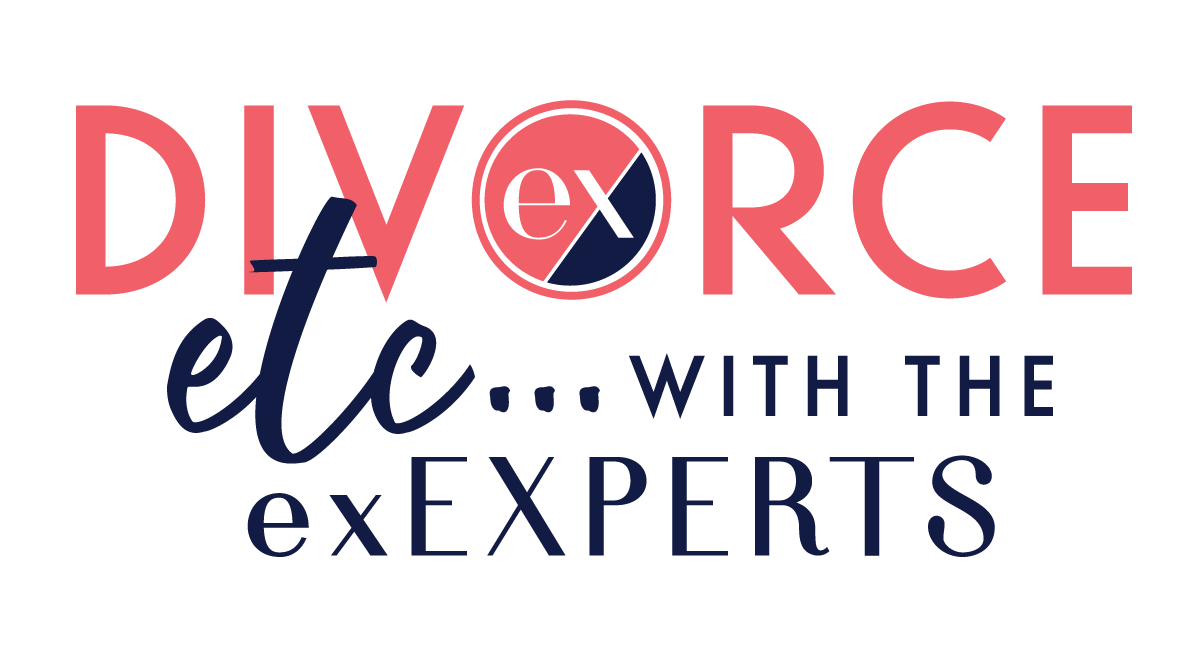
Trying Out the Trial: Marital Litigation with Attorney Ruth Kim
Litigation is the most commonly known process of obtaining a divorce, however, it is also the most dramatized. It’s the method of divorce made for movies. Jessica and T.H. often find themselves having conversations about the different ways people can get divorced. The funny thing they realized is that they always concentrate on the options with the least amount of conflict. Who doesn’t wish divorce was always conflict-free? But, sadly sometimes we can’t avoid conflict. What happens in those cases where you do need to duke it out in court and go through a formal legal dispute?
Jessica and T.H talked to Ruth Kim, a New Jersey attorney practicing family law to dissect the ins and outs of the infamous process. Read on, for the first part of their discussion.
Divorce is more than settling.
Despite multiple mediations and lawyer panels, T.H.’s divorce was always heading towards litigation. She and her ex were prepared to be in court. It may come as a surprise, but the court system is set up with the intention of avoiding a trial. When you start a divorce, it is geared towards an early settlement panel, which is a panel of two or three attorneys that volunteer their time to resolve your case. The goal at every point in turn prior to litigation is for both spouses to give in just a little to attain a speedy and global resolution that addresses all your issues. Unfortunately, there are cases, like T.H.’s where you have to essentially prepare yourself for trial. If there’s an overhanging issue at large that can’t be met with compromise, then you’re heading towards the court. There are a lot of reasons why you go to trial, but the process does not become easier once you do.
Jessica doesn’t consider her situation having settled. Unbeknownst to them, she and her ex had what is now known as somewhat of a collaborative divorce. They never went to mediation. They came up with the terms themselves, wrote out the agreement, and had their lawyers sign off on it. Nowadays, there are attorneys getting certified in collaborative divorce. More and more people are avoiding stepping a single foot in court. But, how does someone know litigation is the road that they’re going to be going on? There are a lot of couples who, from the very beginning, dismiss the possibility of an amicable divorce because they think they won’t work it out. Their expectation is litigation.
Litigation is the divorce of divorces.
It’s difficult, time-consuming, and agonizing. Litigation has the perfect qualities for a dramatic movie…just not the one you want to star in. When clients come in, eagerly expecting to go to court, Ruth tries to convince them otherwise. She’ll ask her clients: “Do you want to settle your case? Do you want to pay for your children’s college education?” Framing her argument through these questions allows Ruth to personalize the process of litigation for her prospective clients. It allows them to weigh the pros and cons of what litigation entails. Although Ruth can settle your case during court, it doesn’t mean she’s going to settle the emotional and financial repercussions of divorce. Any penny that you pay her is one less penny towards your children’s college education or whatever else you want to do with your money. Ruth says you should always be focused on trying to settle before having to litigate. You may be like T.H., in that you end up settling the day of trial, but you could have already spent nearly $50,000 to prepare to get to that day. Maybe your ex-spouse needed that cathartic experience to get to the settlement table and say, “I’m ready to be done.” Ruth doesn’t get into fighting mode, unless a client insists upon it. Even then, with every step of the way, Ruth tries to see if they can get to a reasonable settlement. But again, there are those cases that won’t settle.
You know who you married, and you have to prepare yourself accordingly.
Ruth has clients who have the intention of destroying their spouses lives through the divorce. This is obviously the extreme, but, you have to prepare yourself for that, because again, you know who you married, and you know who you’re divorcing. It is a mentally emotionally draining process, but when you have children involved, and you have finances involved, it can become an amalgamation of the worst possible things to happen. You have to brace yourself for it. Unfortunately, a lot of times that’s why trials happen, when you have unreasonable positions, unreasonable parties, and sometimes unreasonable advocates that are causing the case to proceed in the fashion that it is. Ruth says “when you’re in a divorce, there are four people. The four people are yourself, your spouse/partner/ex, and the two attorneys involved.” It’s important you have a respectful symbiotic relationship, especially if there are children involved. A lot of times cases go to trial because children and custody become an issue. Ruth’s clients often wonder why they are in this position. On the one hand, it could be unreasonableness of the parties and reasonableness of positions, but also, custody becomes a significant factor in whether or not something is going to settle. That is a point of contention in which experts will get involved and it could take 6 to12 months to get through.
Setting the courtroom scene.
You walk in the room, you sit down with your lawyer, your spouse sits down with their lawyer, and you have a judge in front of you. The judge only addresses the lawyers, but once in a while, he addresses you directly, and in those moments you’ll think “what the hell do I say?” So, how do lawyers prepare clients for the courtroom? It depends on the situation and the stage of your litigation.
No matter what situation, Ruth always prepares her client to only speak when you’re spoken to. You don’t want to interrupt the judge. It is astounding how much a judge sees when they’re behind that bench.They see everything, all body language, from sighing to feverishly writing to tapping your lawyer on the shoulder. It’s difficult to know how to behave, because it is such an intense and personal moment. Clients need relief, and they need relief now, so they get in panic mode. Before they even do anything, whether it’s a motion hearing or case management conference, Ruth always, always tells her clients to be mindful that the judge is noticing everything. Ruth has been in chambers with judges during settlement conferences, and they’ll tell her, “Your client is very agitated right now. Calm her down. I can see it.” It’s not an angry warning. The judge also understands the emotional impact of what’s happening.
Whenever you’re asked a question, take two deep breaths.
You do not want to speak right away. You want to make sure you are relaxed and understand the question that’s asked. You can even ask the judge to repeat the question, so that you’re not volunteering information or just saying whatever comes to mind. You don’t want to hurt yourself. You only answer what’s asked, you make sure you understand the question, and you give yourself a few seconds to think, otherwise it could be a mess.
Not to sound frightening, but everything in court is recorded. Even if you’re muttering under your breath, or you’re saying something to your attorney, keep that in mind. You want to keep your face as blank as possible and your demeanor as poised as possible. Just be conscious of your actions.
If you win something in a court, or if you have an emergent application and you succeed in your application, keep your emotions as composed as possible. Just think about it as a poker face. Outside, you can certainly do what you want, but again, voices carry, and Ruth does not recommend high fives, even outside of the courtroom.
Everyone is human, and emotions will come up.
Ruth has had a lot of clients cry. When they’re upset they cry, when they’re excited they cry, when they’re happy they cry. She tries to keep their crying to a minimum, but at some point, it’s their life. Whenever she looks at a final settlement agreement, Ruth has a sense of being part of the rest of her client’s life. Their legal document has her name on it. She says to herself, “I got them through the hardest part of their lives. Fingers crossed, that will be the hardest thing they have to go through.” That, to her, is the most emotional aspect of the process. It’s a difficult balance to take into consideration her client’s feelings, and make sure they’re presentable before a judge.
There’s a lot more to dig deeper into with litigation, that’s why there’s a Part 2…it’s worth the read.
Leave a Comment
You must be logged in to post a comment.










